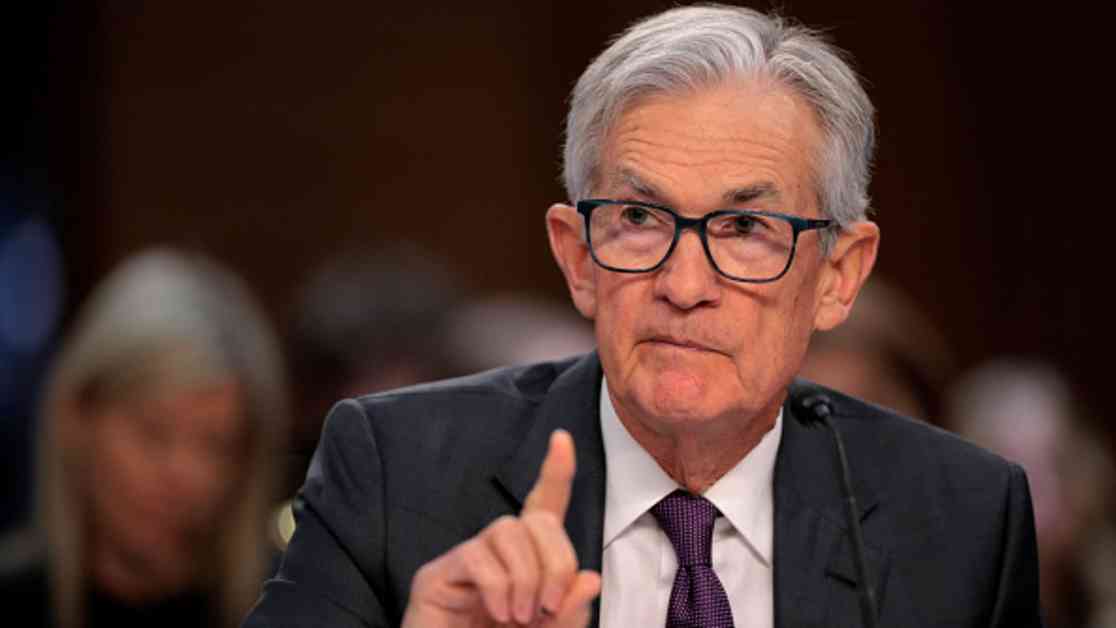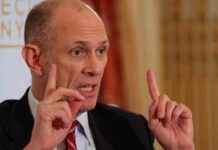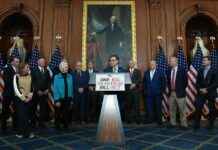Federal Reserve officials convened in January to discuss the impact of President Donald Trump’s tariffs on inflation and the implications for interest rates. The meeting minutes, released on Wednesday, revealed that policymakers within the Federal Open Market Committee reached a unanimous decision to maintain the current policy rate following three consecutive cuts totaling a full percentage point in 2024.
The concern expressed by officials centered around the need for inflation to decrease further before considering any additional interest rate reductions. They emphasized the potential effects of the tariffs imposed by the Trump administration, along with the consequences of reduced regulations and taxes on the economy. The committee acknowledged that the current policy stance was less restrictive post-rate cuts, providing them with time to evaluate economic conditions before making any further adjustments.
Challenges and Considerations
During the meeting, FOMC members highlighted the potential impacts of policy changes, particularly in trade and immigration, as well as the strong consumer demand in the market. There was a consensus among participants that further progress on inflation was necessary before contemplating any modifications to the target range for the federal funds rate. Concerns were raised about the possibility of policy changes contributing to inflation levels exceeding the Fed’s target, especially in light of the president’s threats to expand tariffs.
President Trump’s proposed 25% duties on autos, pharmaceuticals, and semiconductors, if implemented, could escalate trade tensions and pose risks to inflation. The FOMC minutes underscored the risks associated with changes in trade and immigration policies, which could potentially impact consumer prices due to higher input costs arising from tariffs. Market participants have been closely monitoring the situation, with many economists anticipating that the tariffs could exacerbate inflationary pressures.
Policy Outlook and Market Response
Amid the uncertainties surrounding tariffs and inflation, most central bank officials have adopted a cautious approach towards future policy decisions. The current interest rate level provides policymakers with the flexibility to assess the economic landscape carefully before making any adjustments. While Fed Chair Jerome Powell has refrained from speculating on the tariffs’ impact, other officials have expressed apprehension about the potential implications on policy, which could delay anticipated rate cuts.
Market expectations suggest that the next rate reduction may occur in July or September, as the Fed’s benchmark overnight borrowing rate remains between 4.25% and 4.5%. The mixed inflation indicators, coupled with the ongoing trade tensions, have added complexity to the policy outlook. Analysts are closely watching for any signs of underlying inflation that could necessitate a policy response in the future.
In conclusion, the Federal Reserve’s deliberations on tariffs, inflation, and interest rates underscore the delicate balance between economic stability and policy flexibility. As global trade dynamics continue to evolve, central bank officials remain vigilant in assessing the potential impact on inflation and economic growth. The upcoming months are crucial for monitoring how tariff developments and inflation trends shape the Fed’s future policy decisions. Stay tuned for more updates on these critical economic developments.

















